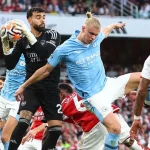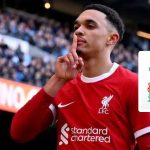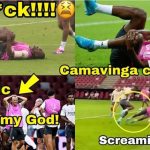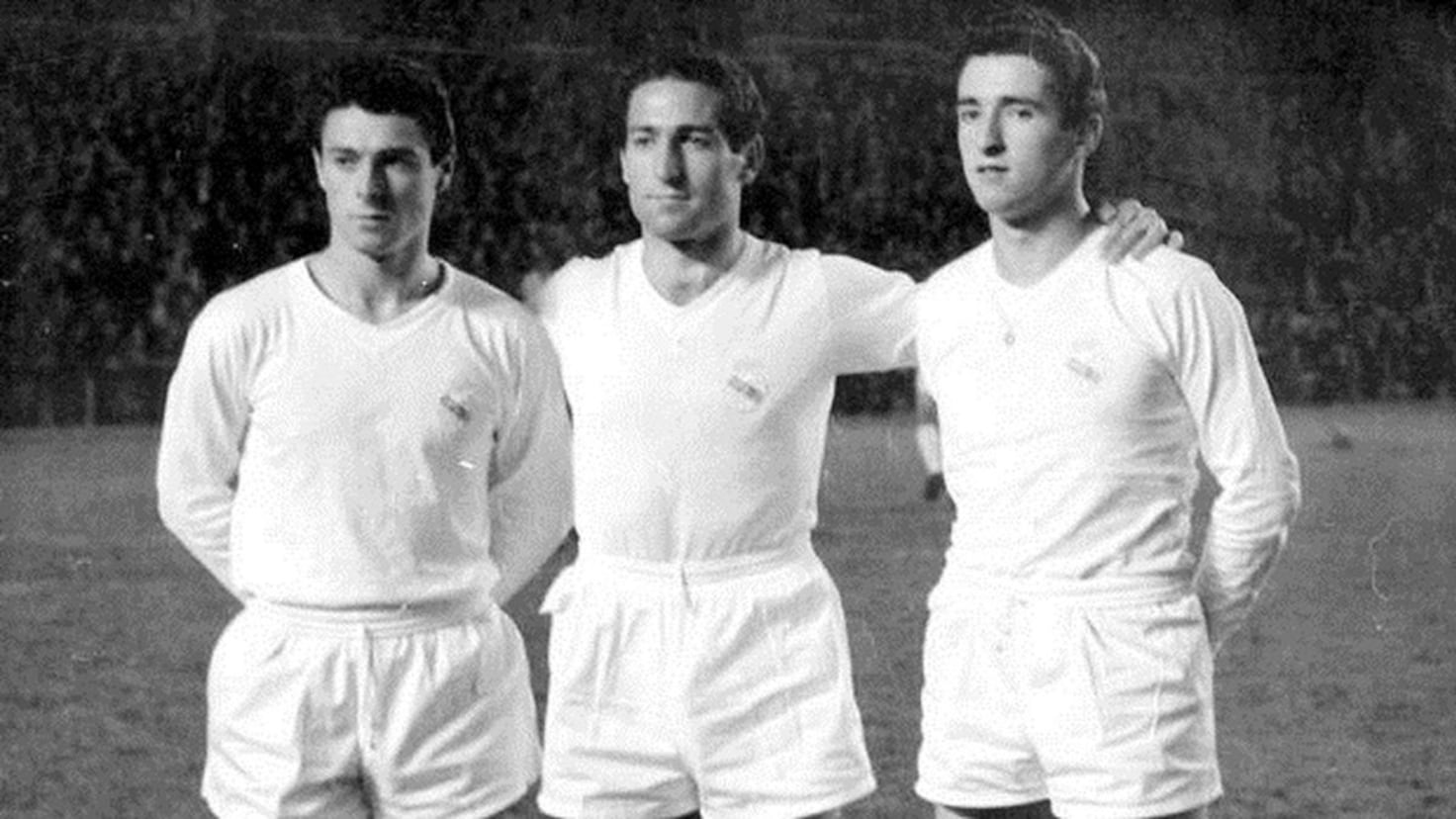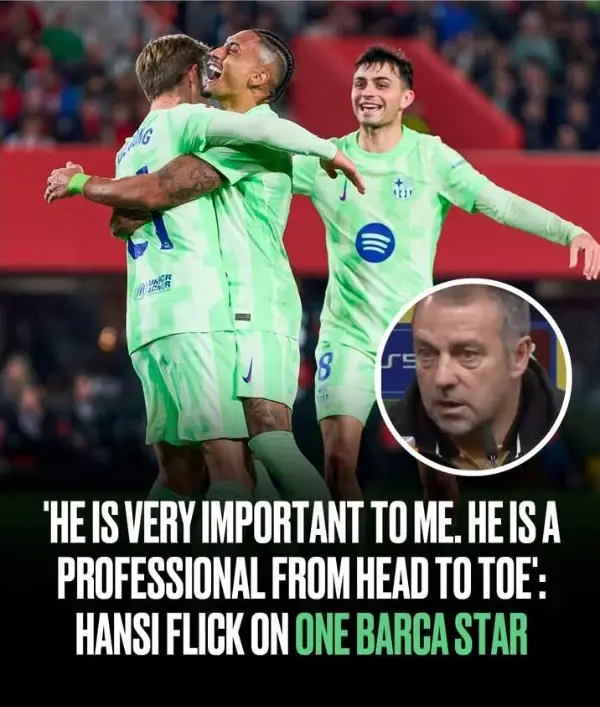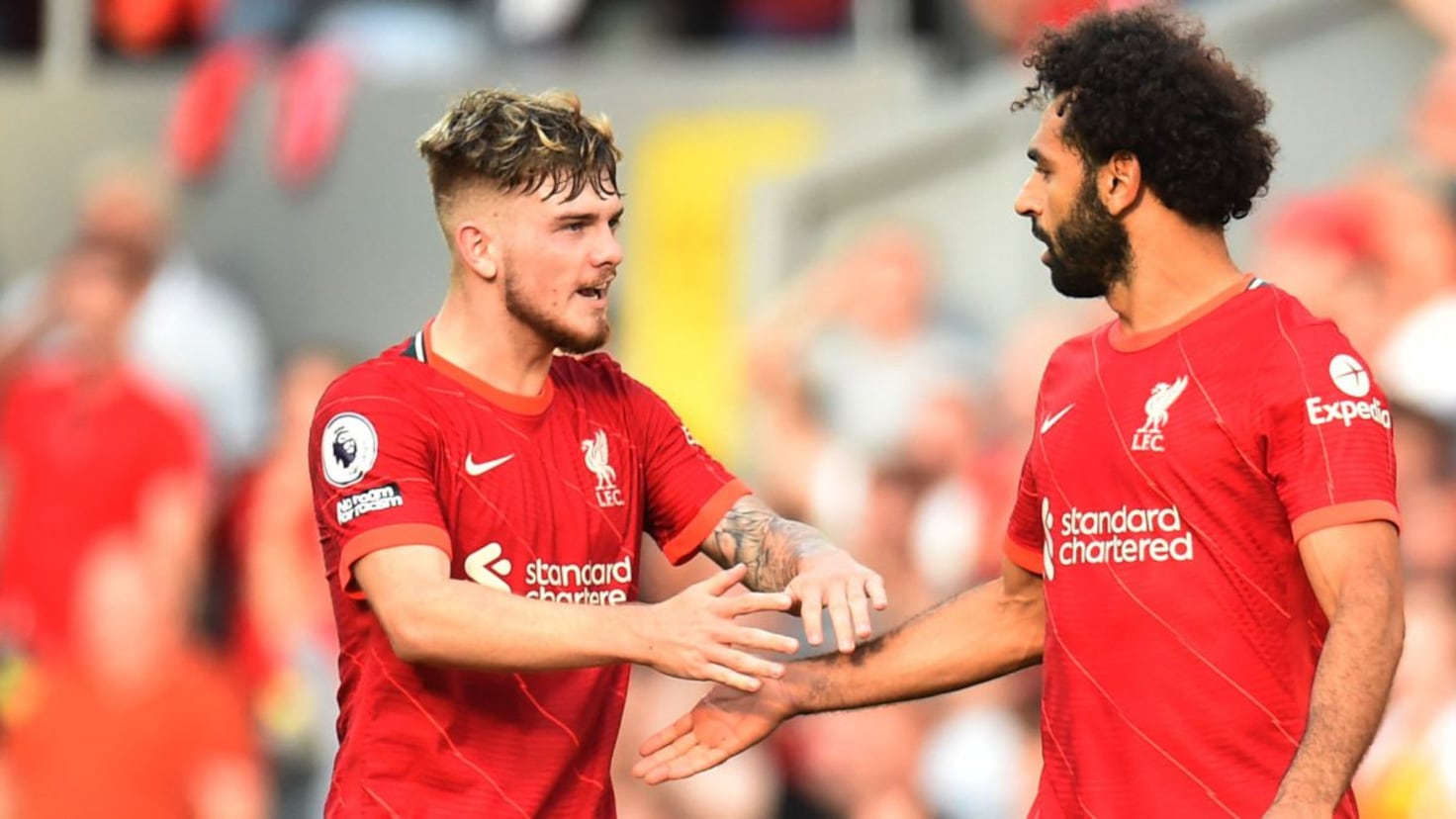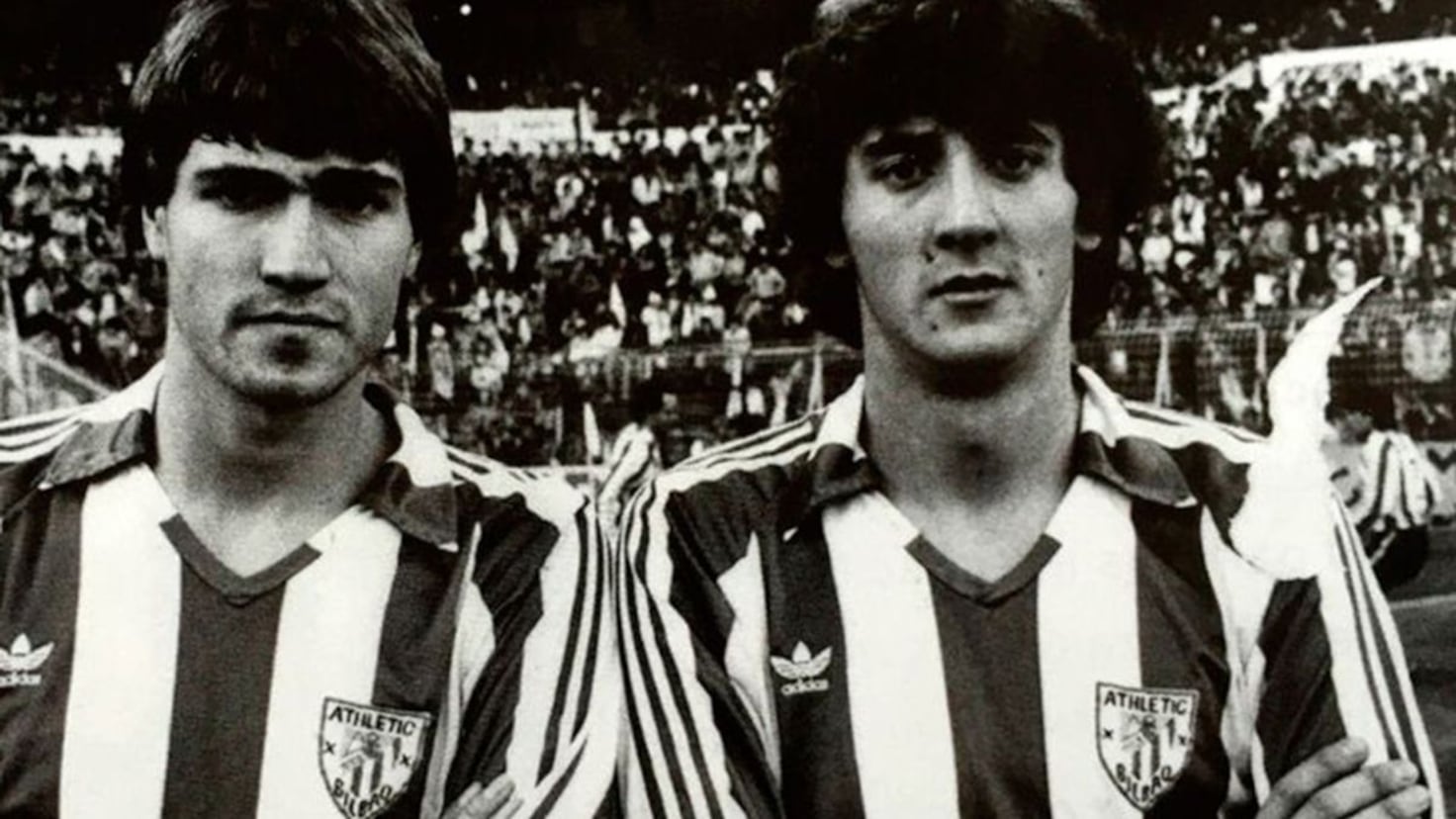Gento had two brothers, Gento II and Gento III, who had worthy careers between First and Second. Footballers with Roman numbers, like kings or popes. A very Spanish custom. Valdano reminds me of his surprise when he arrived in Spain and read in La Gaceta del Norte the names Rojo I and Rojo II.
The first case that I know of was that of Emery, goalkeeper of Real Uniأ³n before the war, grandfather of the coach. He appeared in the lineups as Emery II, because he had a brother on the team. I’m not shocked by that first reference in the Basque Country, where the pelotaris dynasties were thus distinguished. From there and then they are also the Aguirrezabala, from Athletic. The eldest was nicknamed Chirri, his brother was Chirri II. It was not a fixed rule: the Regueiro brothers, also Basque, were known as Pedro Regueiro and Luis Regueiro, but the seed had been planted.
After the War the Gonzalvos arrived. The eldest did not succeed in Barça, but his brothers Gonzalvo II and Gonzalvo III did, who would even share ownership in the National Team in Brazil-50. Gonzalvo III was the captain of the Five Cups Barça.
In the following decades the cases are very abundant. It is even given as uncles to nephews with Campanal and Quincoces; Legendary former players, they were coaches respectively of Sevilla and Valencia when their nephews arrived, who debuted as Campanal II and Quincoces II. But it was usually between siblings, sometimes up to four. This was the case with the Glarأa, from Navarre, who all played in the First Division. The best was the youngest, Glarأa IV, an outstanding Atlأ©tico international who would end up at Espanyol de los Delfines. By then it was plain and simple Glarأa, as was usually the case, by tacit consensus, with which it became a figure. Like Enrique Collar. The Collars were also four and they played for Cأ،diz as I, II, III and IV. The best was Collar IV, which coincided in Atlأ©tico with Collar III. Soon he was simply Collar, while the third, who had a career outside of Atleti, became Antonio Collar. There were also four Aretas, first cousins of Alfredo Landa. The youngest didn’t make it to First Class but the others did. Areta II and Areta III were rivals for three years, one at Sevilla and the other at Betis.
As with the Chirri, sometimes the eldest passed on his nickname: this is what happened with Marcos Alonso Imaz ‘Marquitos’, center back for Di Stأ©fano’s Madrid, international and father and grandfather of internationals. His brothers, Antonio and Alfredo, were Marquitos II and Marquitos III.
In 64-65 Athletic had Arieta I, Arieta II, Echevarrأa I, Echevarrأa II, Orأ؛e I and Orأ؛e II. The Arietas were brothers, the others were not. Echevarrأa was a goalkeeper, one of many in the shadow of Irأbar; II was extreme. Orأ؛e I was a starting full-back for many years, Orأ؛e II a fleeting forward. And sometimes the mere coincidence of last name was enough. It happened with the Rodríguez I and II, companions in Valladolid and Gijأ³n, or Torres I and II, in Hأ©rcules. The second Torres will be a figure in Barça for many years, now without a stick; but before that he was on loan at Hercules and Torres II went there because when he arrived there was another Torres. There were even cases of numbering of proper names, which always seemed strange to me, such as José Ramأ³n I and José Ramأ³n II in Elche, or Miguel أپngel I and Miguel أپngel II in Betis.

